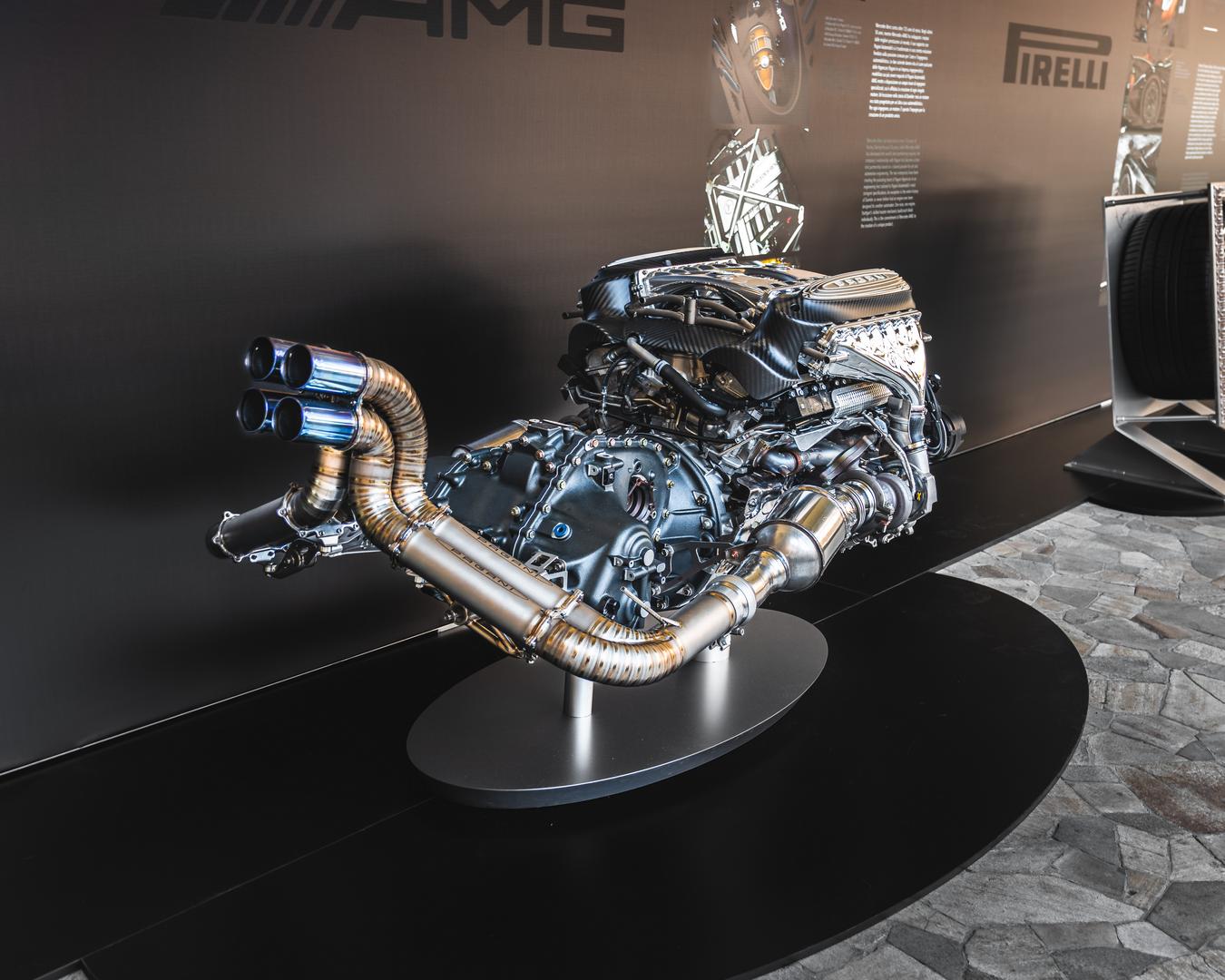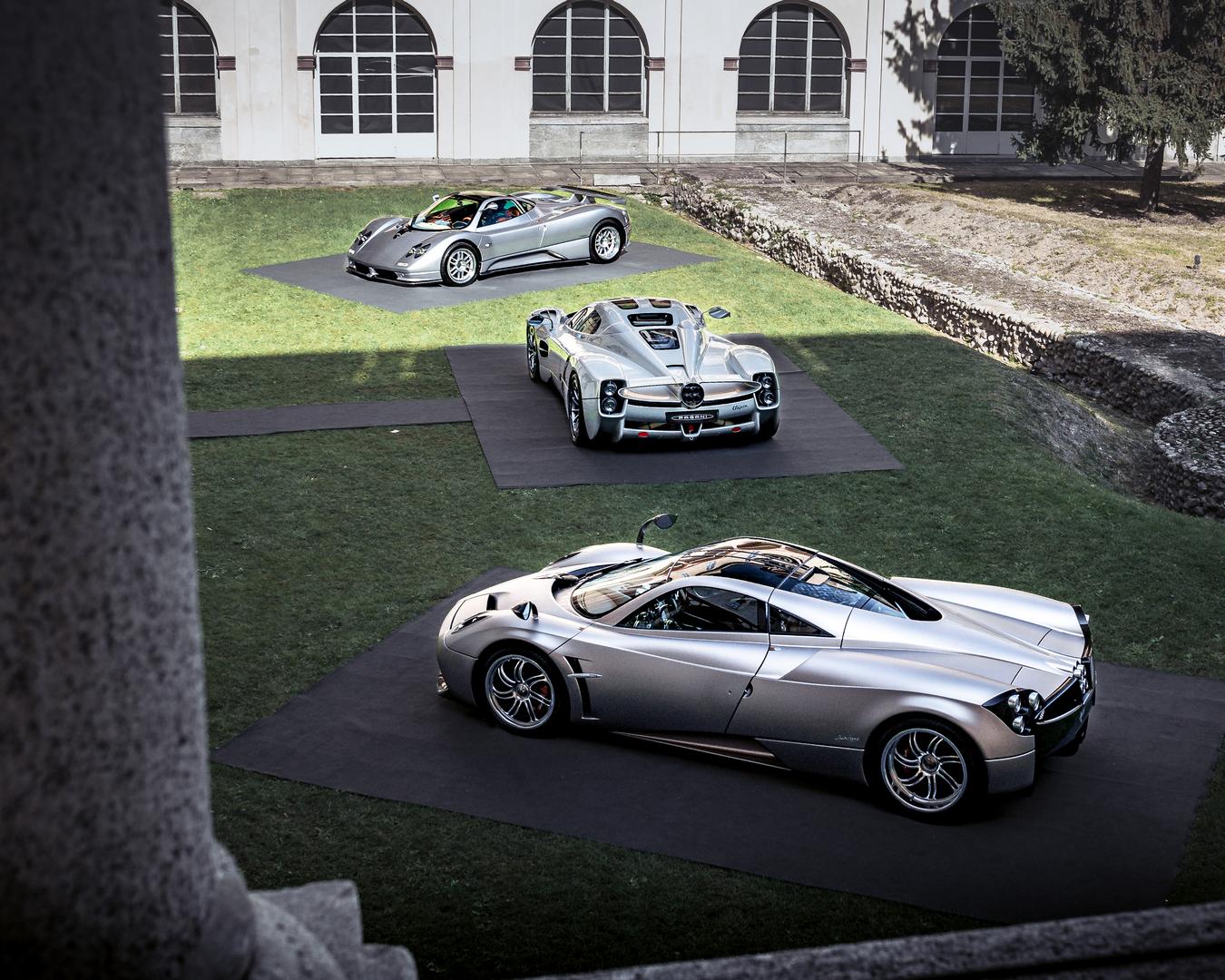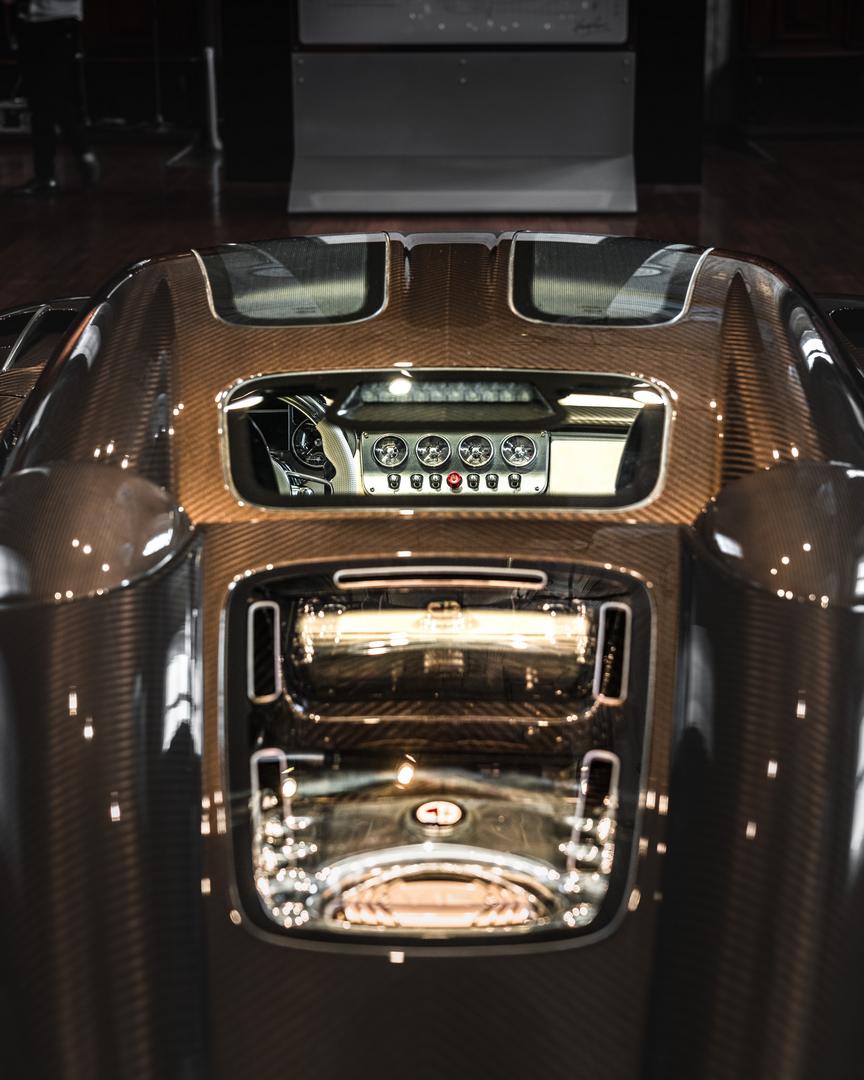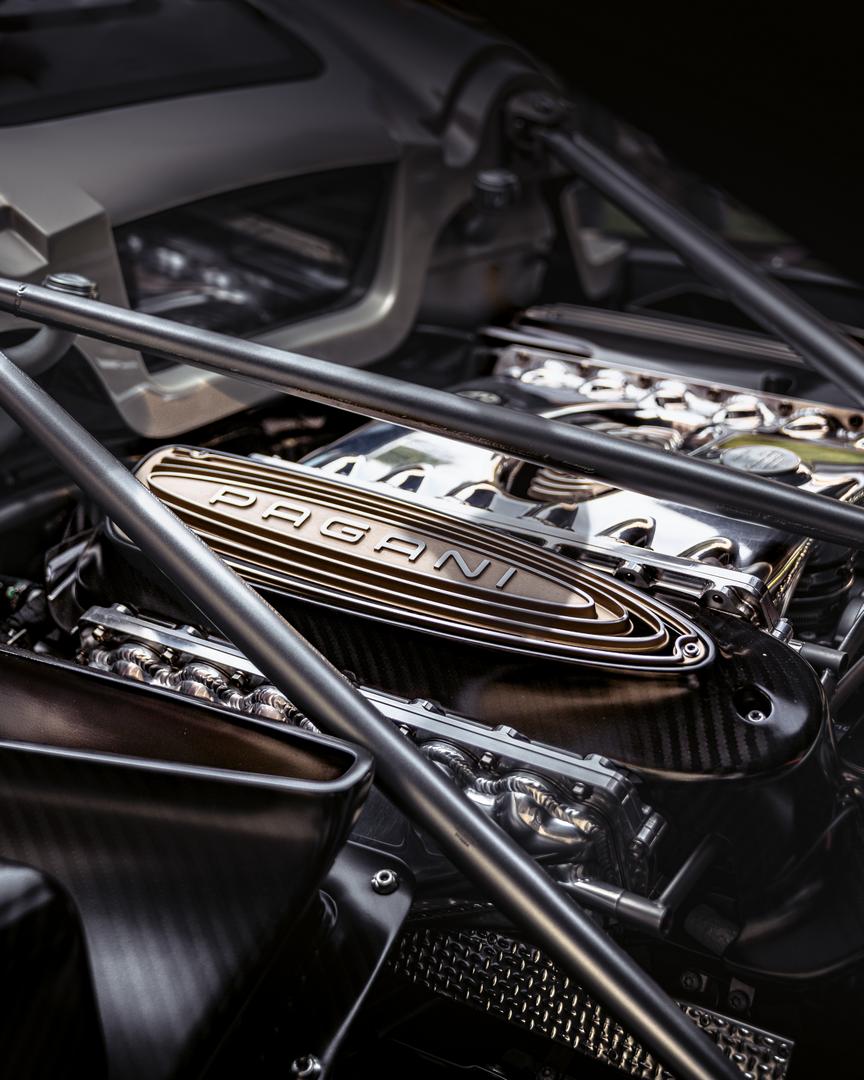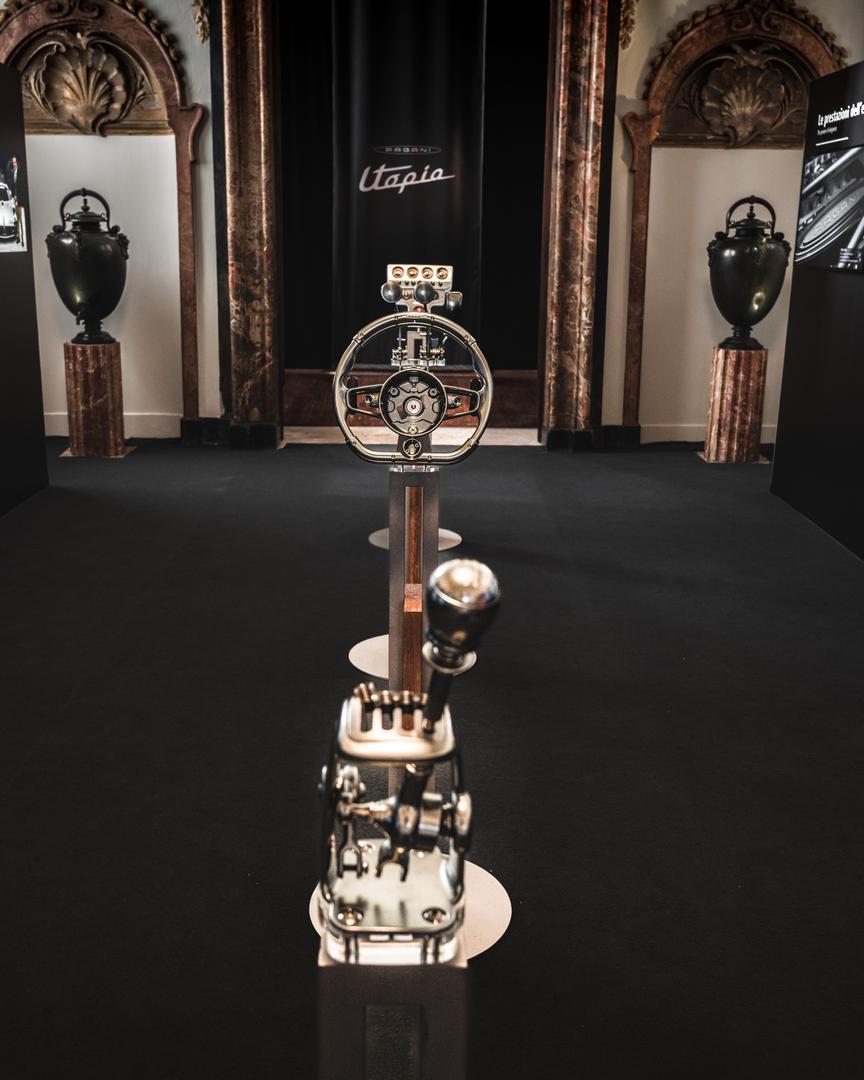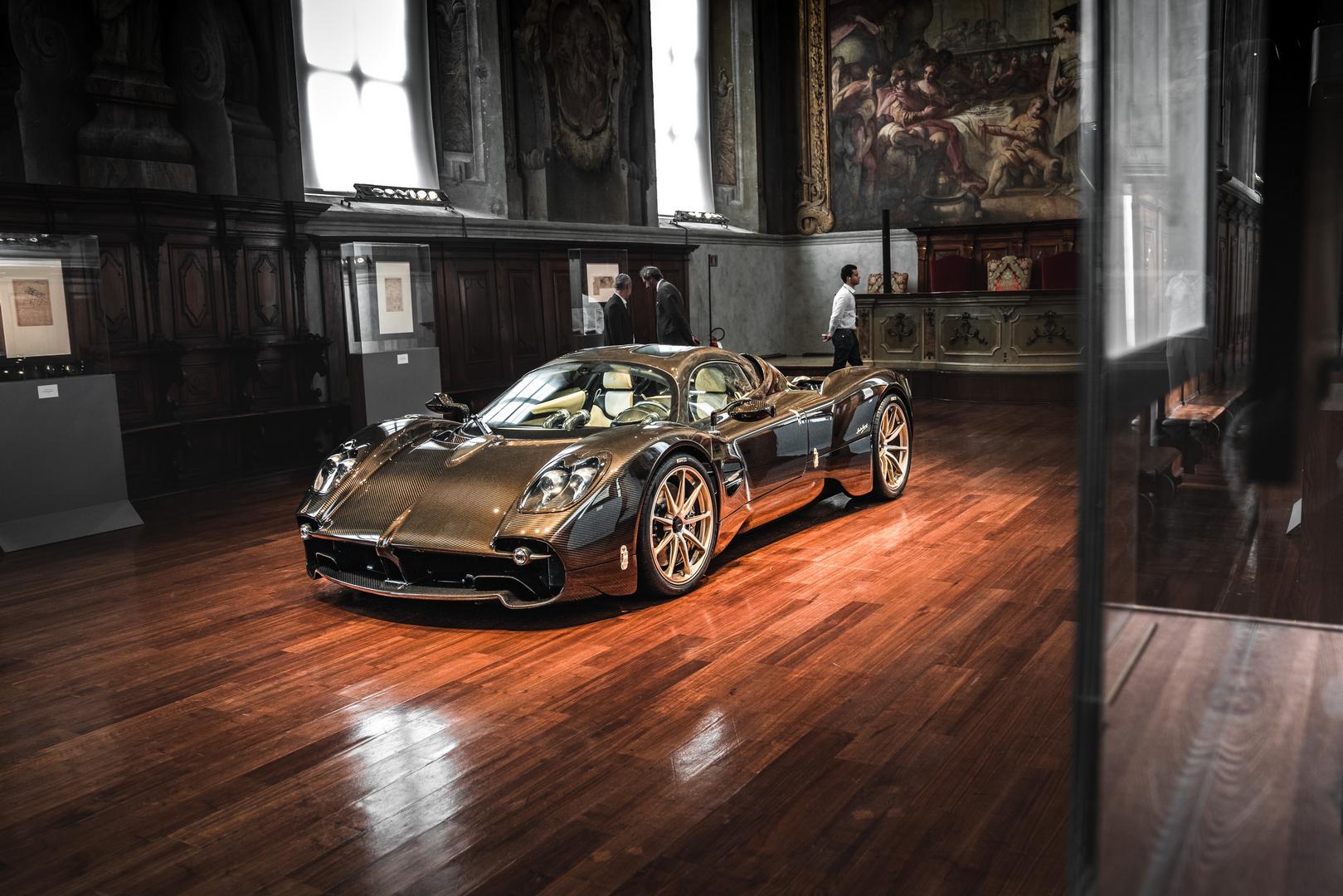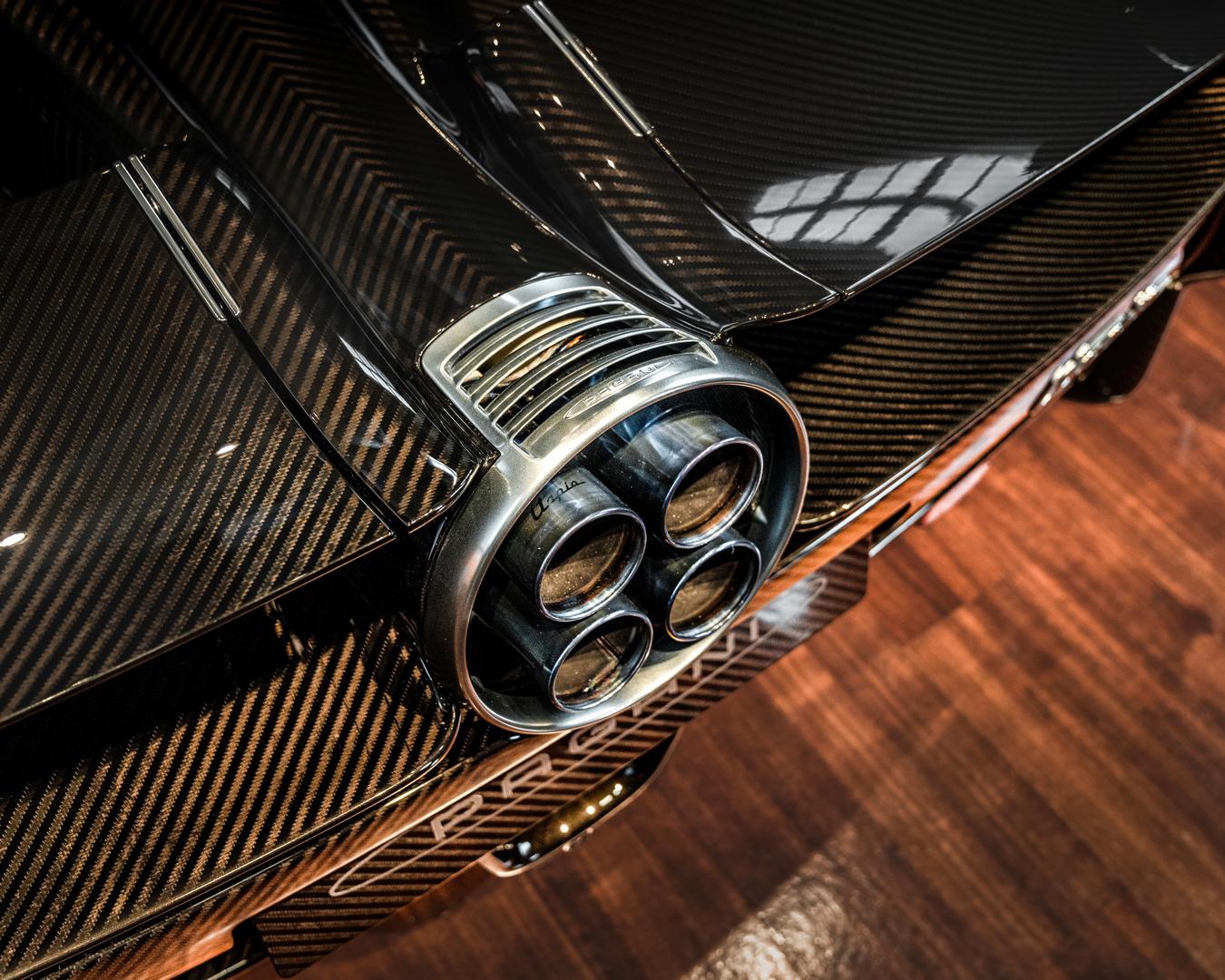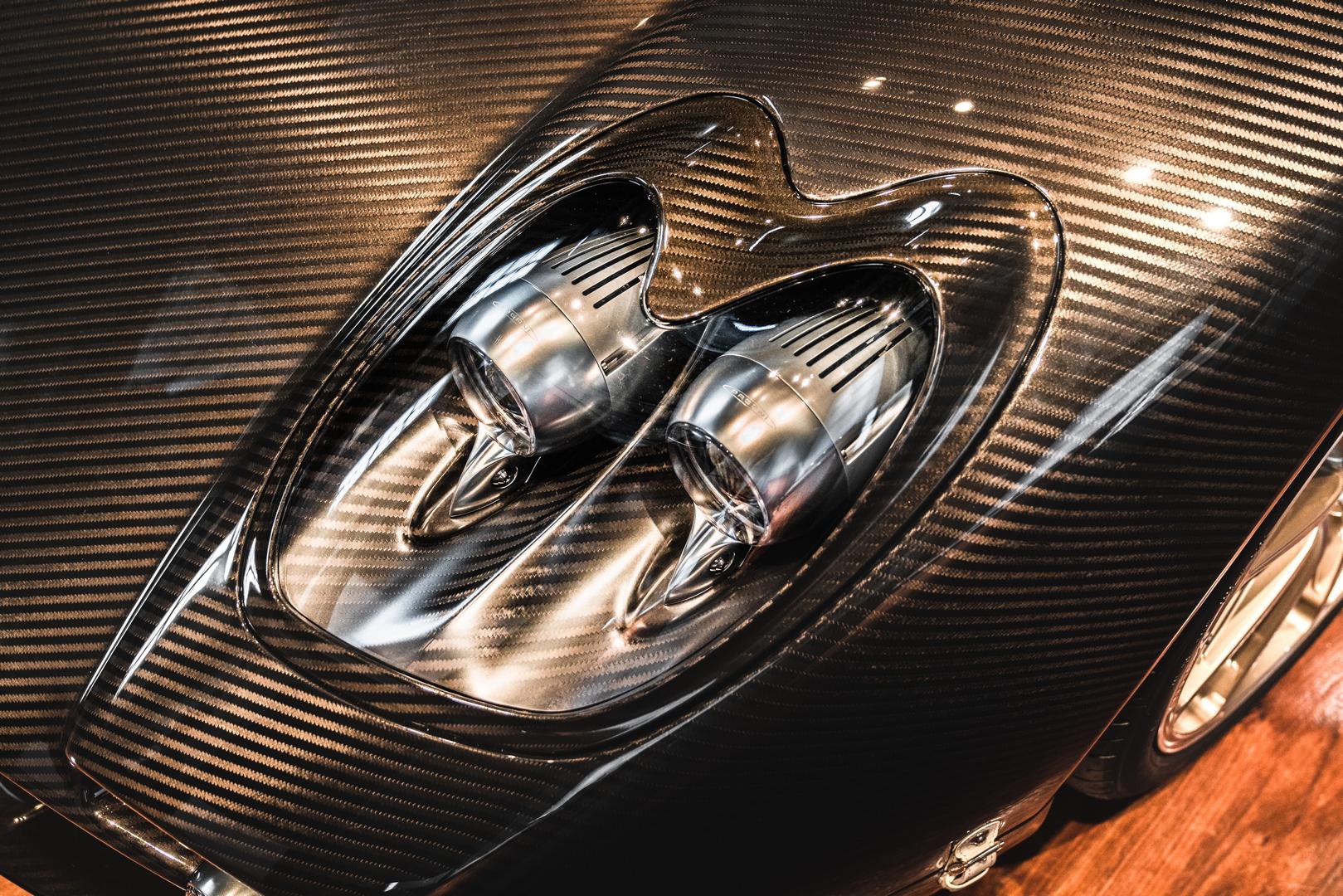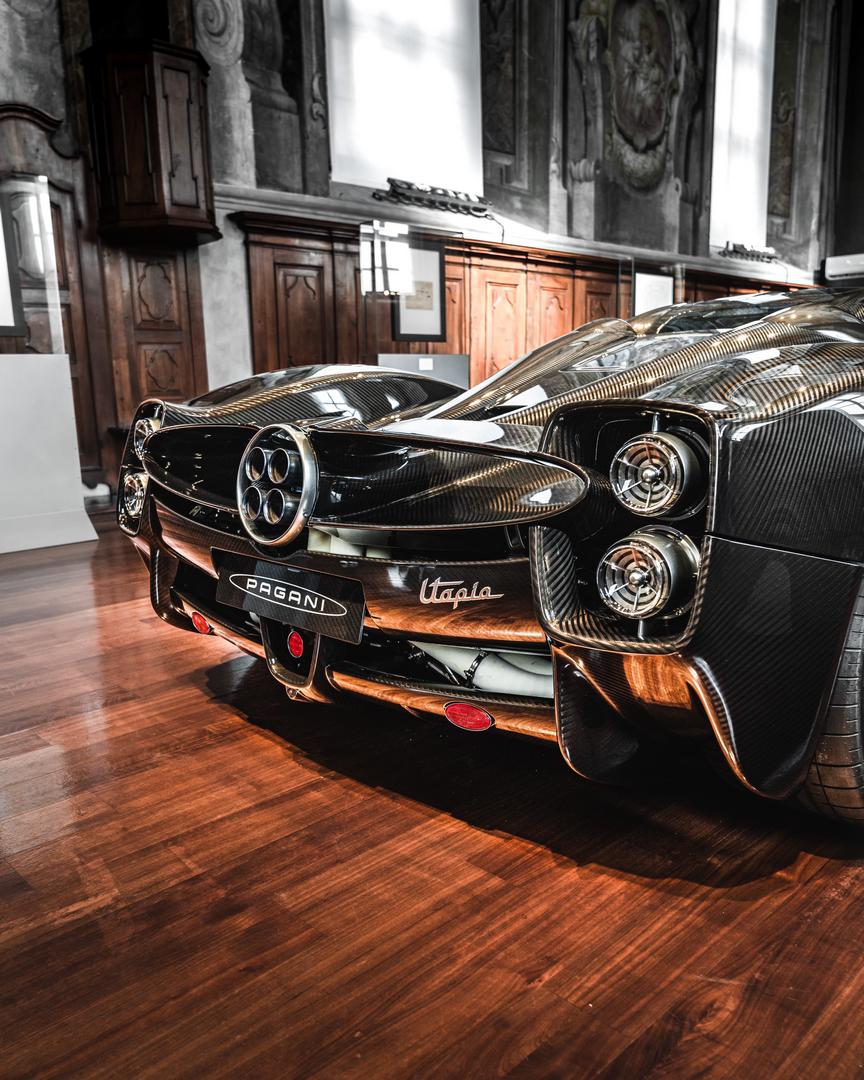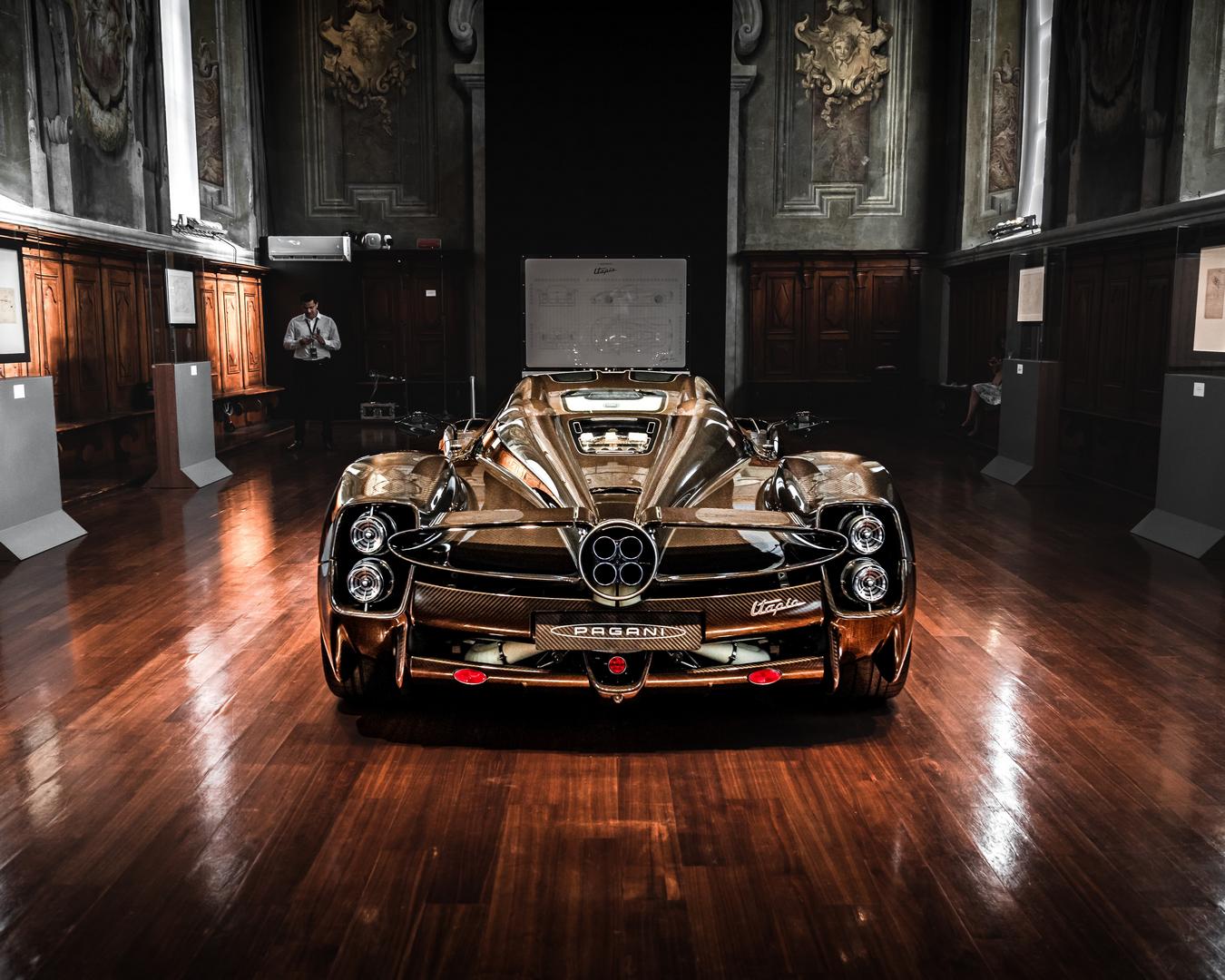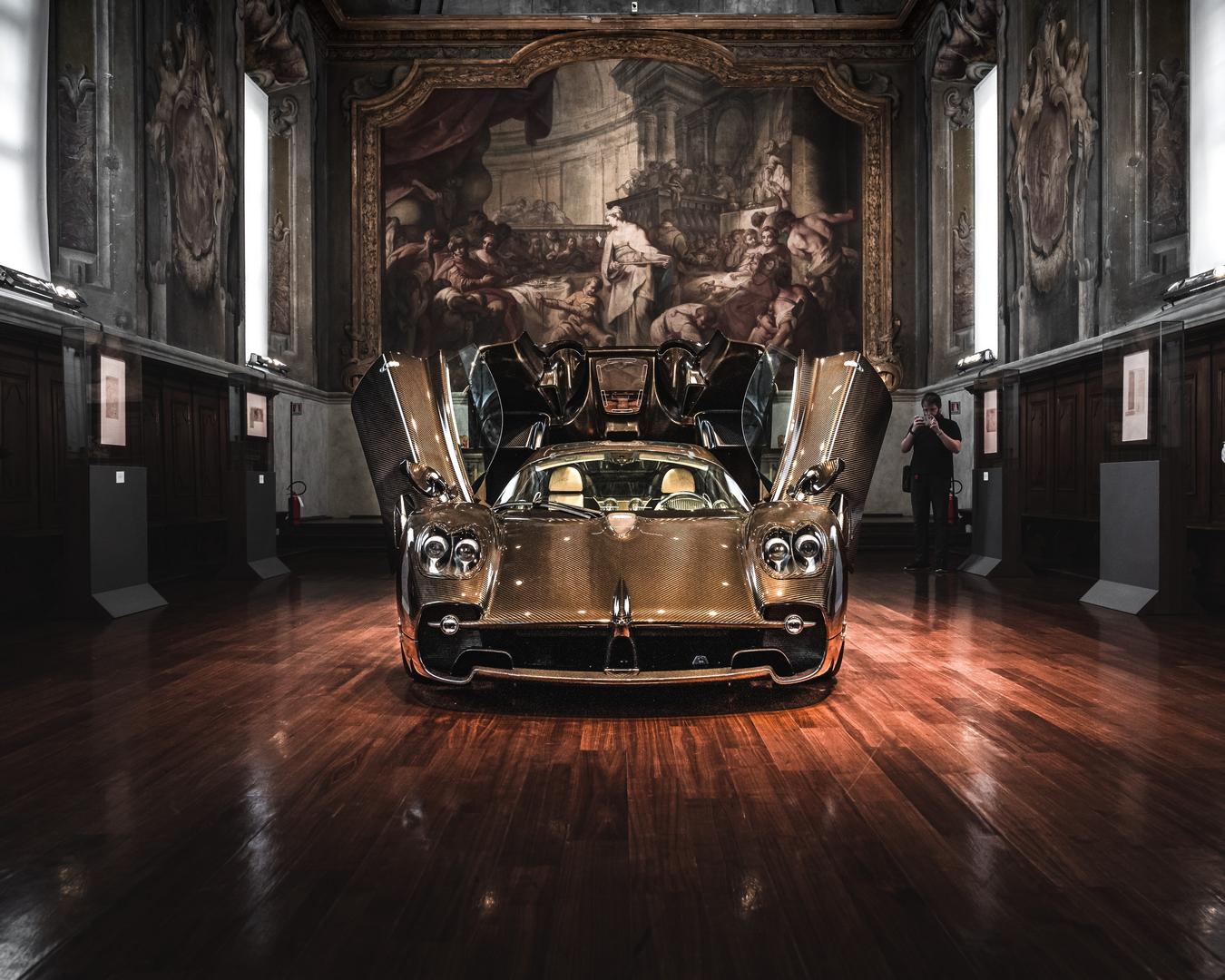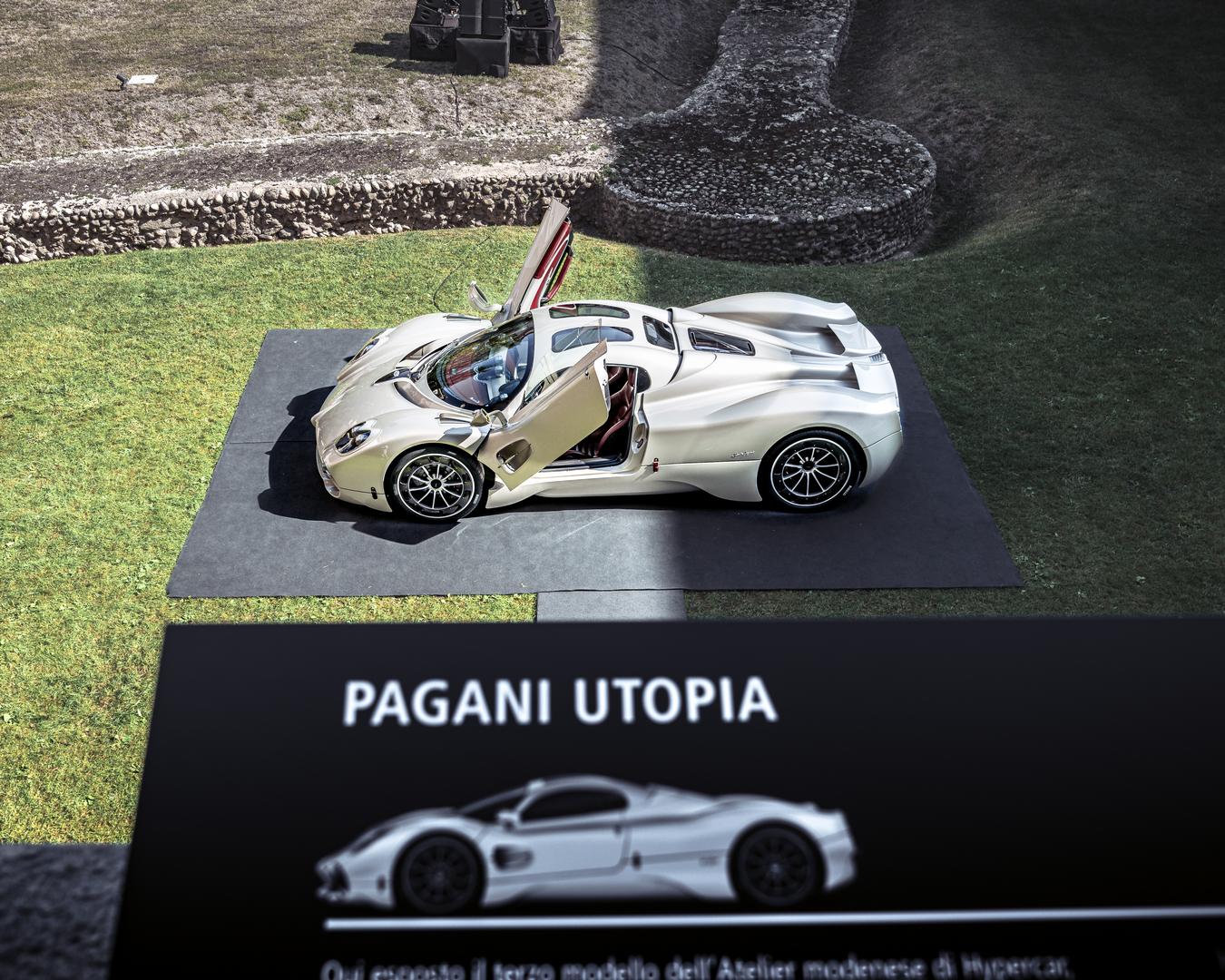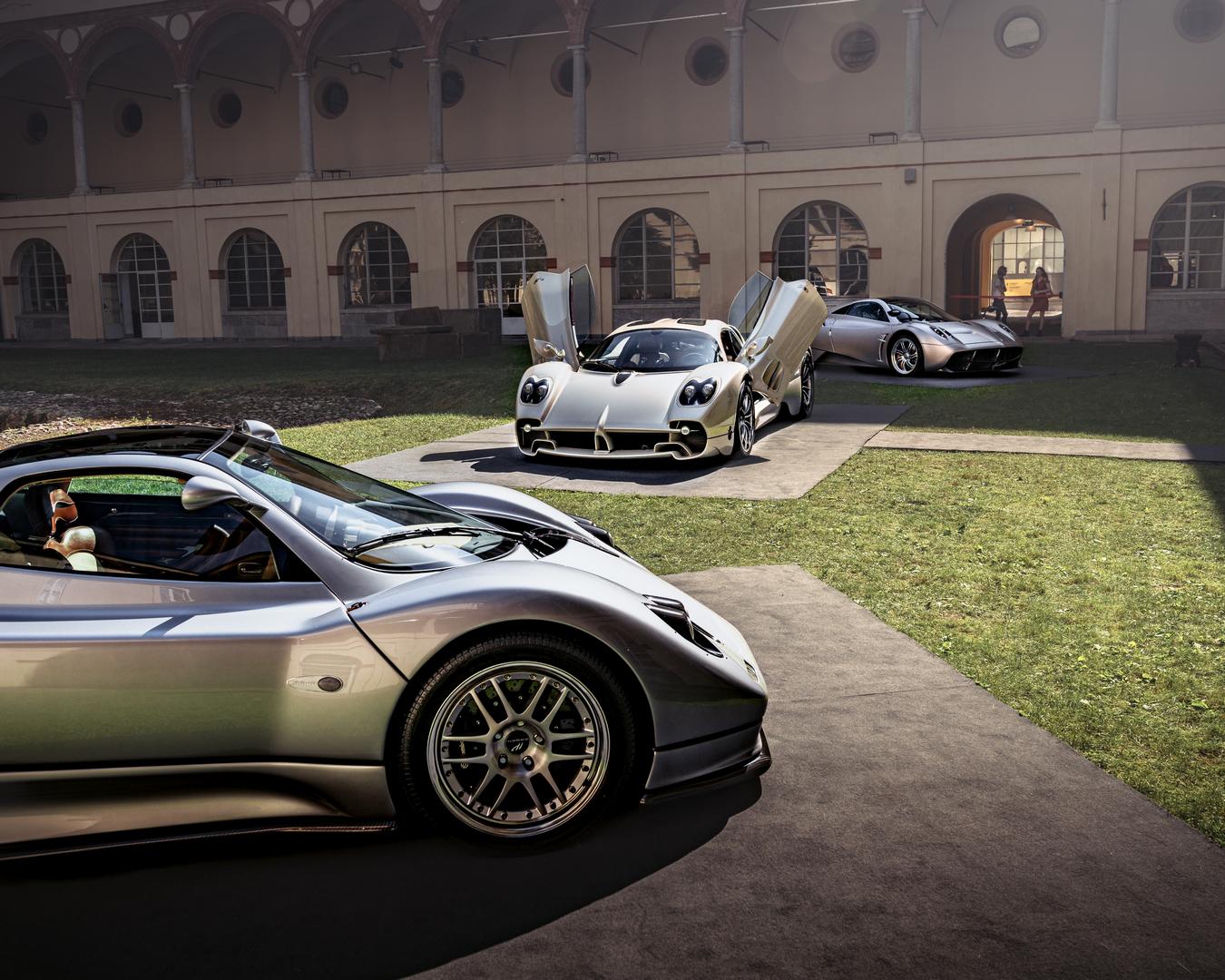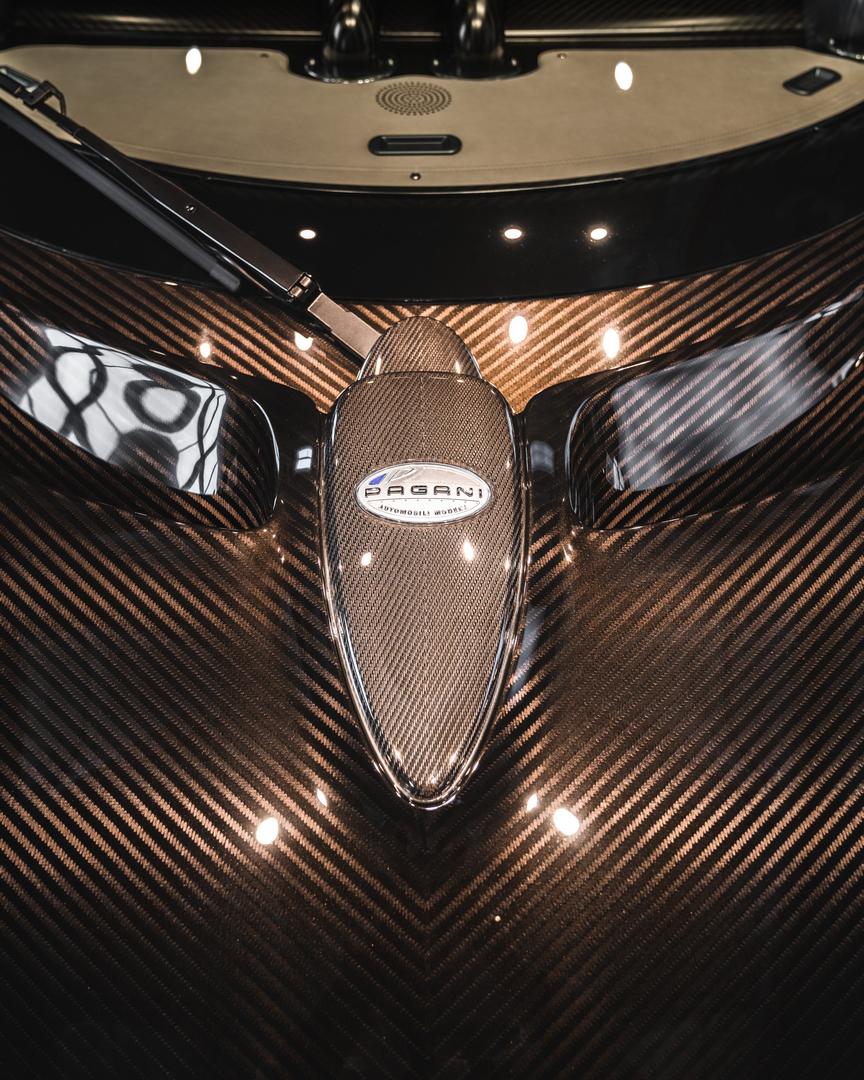It all started with the C8 project (the Almighty Zonda) in 1999 in a small atelier not far from Modena and just 25 employees, then came C9 in 2011 (named after the wind god Huayra) that was built looking at global markets and integrating innovative solutions like the active aerodynamics and Carbo-Titanium.
Now, after 11 years and 4000 sketches the world is ready to welcome a newborn race horse in Pagàni stables, the C10 project, also known as the Pagàni Utopia. The idea behind the new car was simple, improve something was already perfect but also keep focus on simplicity, lightness and pleasure of driving. In its development, the C10 project therefore went against the main trends of the time.
No heavy batteries, no hybrid power, just a wonderful V12; no dual-clutch system, just a pure seven-speed manual or automated transmission. All this to ensure that the car would respond better than ever to its driver’s every action and work with them to be the purest form of driving, a ‘classic’ experience defined in new ways. The new car has very few aerodynamic add-ons yet is more efficient than ever.
Where some hypercars have a multitude of spoilers, Utopia incorporates the function of these appendices into its overall shape, achieving greater downforce and reduced drag solely by means of its design. Everything on this car is art but also has to be functional like the forged wheels that have a turbine-shaped carbon fiber extractor which draws hot air away from the brakes and reduces turbulence under the body.
The longtime cooperation with Pirelli tires brought to the development of special large tires (silhouette of Utopia can be seen on their sidewalls too) 21” in the front and 22” in the rear, crucial in order to transfer the exuberant torque to the ground efficiently and bring the finishing touches to the car’s exceptional road feel.
The side mirrors, as if suspended in mid-air, thanks to the airfoil-shaped support are set apart from the body for better aerodynamic penetration, showing the meticulous optimization that was carried out on them in the wind tunnel. The rear lights float at the sides of the rear wings, set into the air extractors.
The signature titanium quad is still present. It has a ceramic coating, in order to dissipate the heat efficiently, but still sets the weight just above 6 kilograms for the complete system. The double wishbone suspension, made from aerospace aluminum alloy, benefits from the lengthy development work carried out on the Huayra R but adapted and tamed for road use.
The carbon monocoque used on previous Pagani models sets the standard in terms of its strength, lightness and build quality. Pagani has chosen to consolidate its existing strengths, to improve how its fibers are woven and to constantly invent new composite materials such as Carbo-Titanium and Carbo Triax.
On top of that, a new type of A-class carbon fiber has been developed specifically for aesthetic applications such as the bodywork, providing 38% of additional stiffness with the same density. 30 years of close cooperation with Daimler delivered on the Utopia the last iteration of the AMG 6-liter biturbo V12 engine specially built for Pagani: it delivers 864 bhp and, above all, a prodigious 1100 Nm of torque.
It revs higher and is both more flexible and more powerful while meeting the most stringent emissions regulations, including those in force in California. For the transmission the choice was a philosophical one. It would not be a dual-clutch transmission which is efficient, but heavy and robs the driver of the ability to set the pace of the car’s acceleration. Instead, Pagani turned to the most prestigious motorsport and high performance automotive transmission manufacturer, Xtrac, to develop the quickest shifting gearbox with helical gears possible. It is compact, light and transversely mounted for an optimized center of gravity.
Moreover, in order to best match the wishes expressed by Pagani enthusiasts, its aficionados, a virtual manual would not be acceptable so a real seven-speed manual transmission has been developed. It was not an easy task to design such a gearbox with synchronizer rings and a mechanism able to handle 1100 Nm of torque adequate for a pure manual application, but it was an essential requirement for Utopia.
Price is still unknown at the moment, but this is not an issue as the first series of Utopia coupés have already been assigned to its 99 privileged enthusiasts that are finalizing their configurations in these days. Improvement never stops, Pagani’s story continues, Pagani’s work goes on…
Photos and Words by Yaron Esposito



